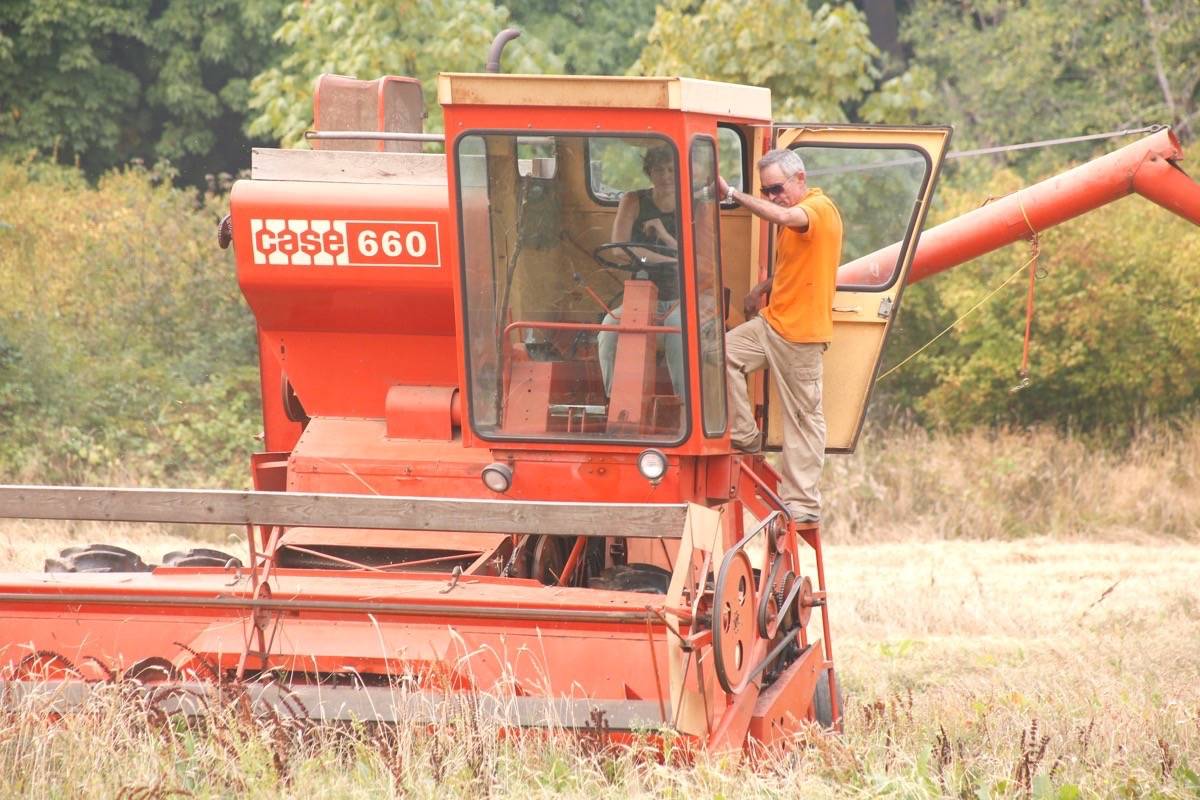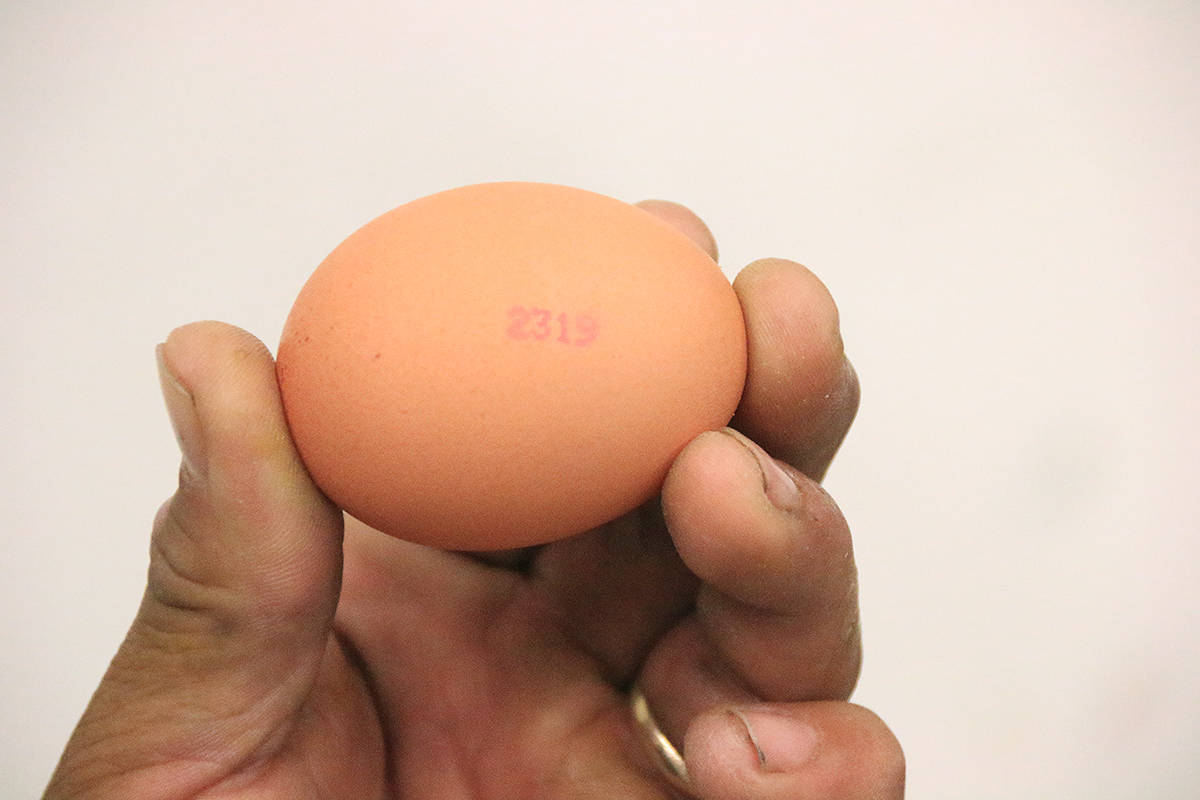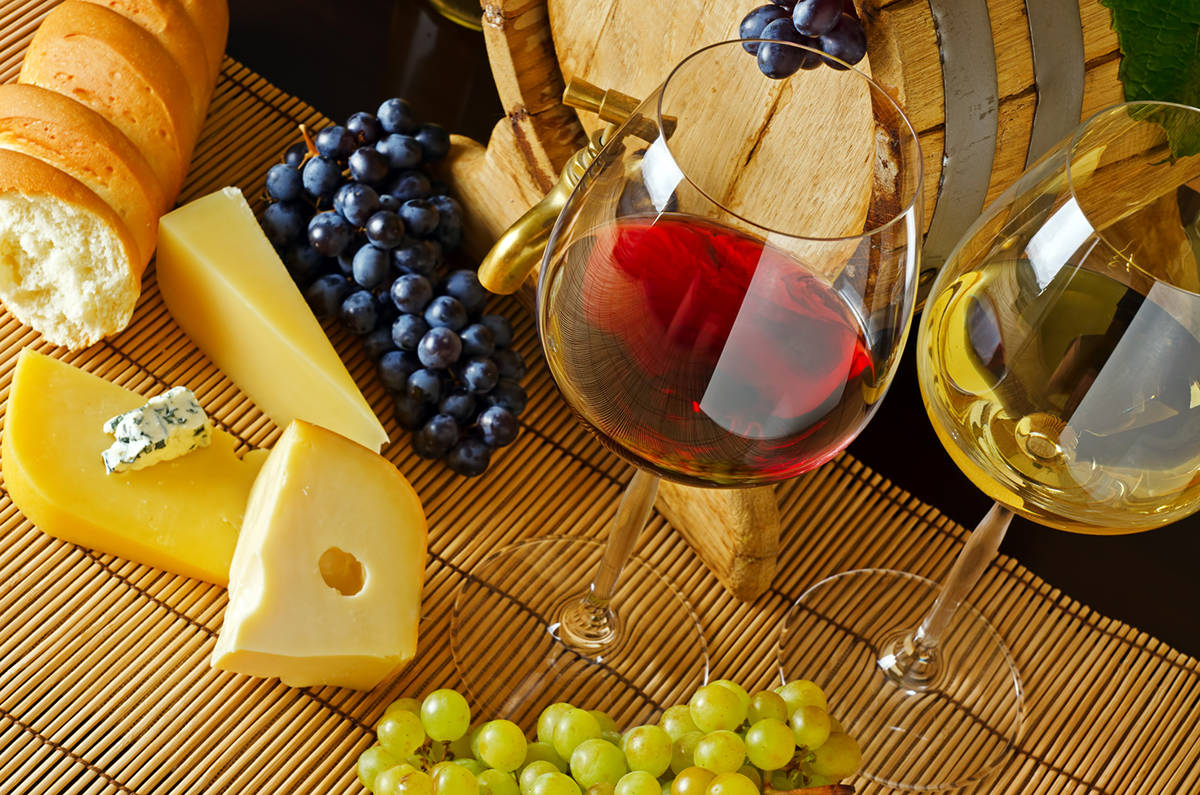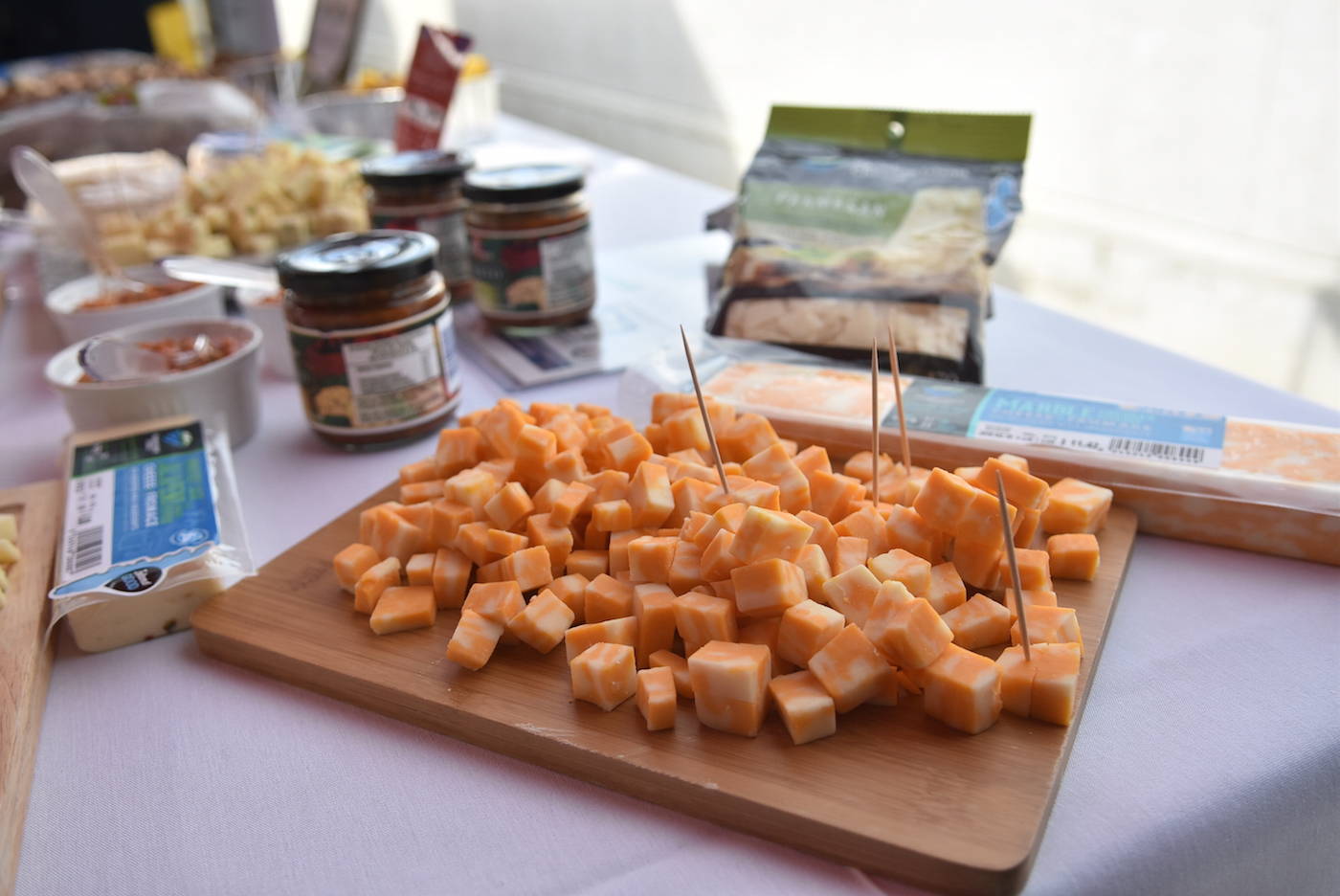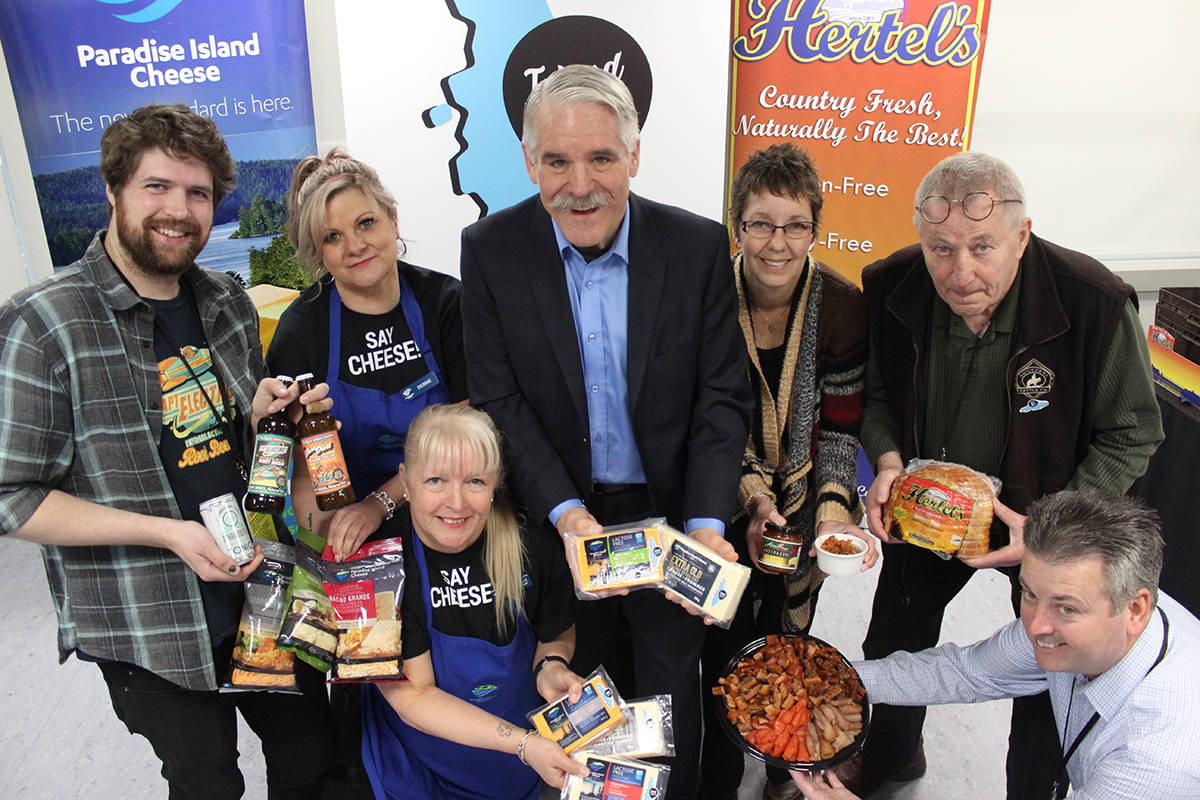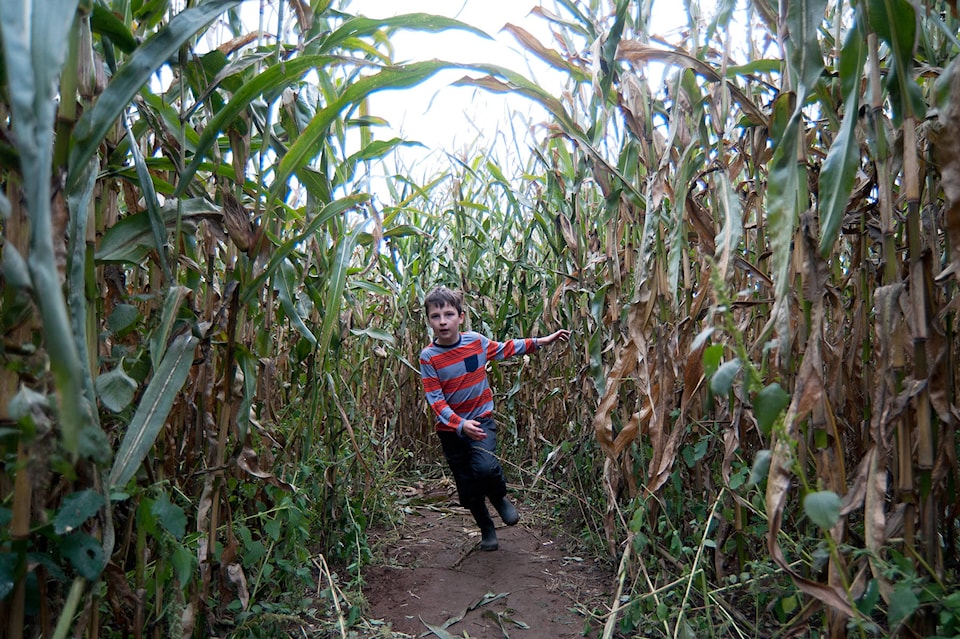Vancouver Island boasts ideal conditions for growing a variety of food.
We have a mild climate, plenty of water and lots of arable land. Yet over the last 100 years, there has been a shift away from people choosing farming as an occupation and producing food locally.
According to the Capital Region Food and Agricultural Initiatives Roundtable (CR-FAIR), Vancouver Island farmers produced as much as 85 per cent of the Island’s food supply in the 1950’s, while local agricultural production was estimated to supply only 5-10 per cent of the Island’s food supply as of 2004. Food is also imported to the Island in much higher volumes today.
The decline in locally produced food can also be attributed to a generational shift: younger people are far less interested in farming and food production than their parents and grandparents.
“The proportion of [Vancouver Island’s] population that’s actually engaged in farming over the last 100 years has decreased dramatically,” said Jen Cody, executive director of Nanaimo FoodShare. “It used to be that we were at like 50 or 60 per cent of the population that was actively engaged in farming and today it’s less than two per cent.”
“There’s been an increase in urbanization of our population and so more and more people are living in urban centers and less and less people are actually in rural areas where they have access to land,” she said. “There’s been an increase in the development of lands for non-agricultural purposes and more pressure for that development for creating housing and other uses for land.”
Dramatic increases in land and housing costs have made agriculture less economically viable as a career.
“(It’s because) as an entrepreneur, or as a career, then other costs have also increased over time. There’s more cost in regards to labour and more cost in regards to the inputs required for producing foods,” Cody said. “Both of those then decrease the amount of income that you would be able to support a family as a result of farming, so it’s made it a little less attractive to people.”
According to the report by the Vancouver Island Community Research Alliance, Strategies for Increasing Food Security on Vancouver Island, the past 50 or 60 years has seen a movement away from meeting Vancouver Island food needs through local food production; and a corresponding shift towards increased imports (85 per cent).
“High land values, increasing labour and input costs, and loss of processing and distribution infrastructure, coupled with a shrinking farming population has threatened the viability of the local food system on the Island and consequently threatens food security of the local people,” states the report.
Linda Geggie, executive director with the CR-FAIR, agreed that a prominent barrier for a younger generation getting into farming is access to affordable land.
“Farm land is producing more homes now than crops and that’s a big issue,” Geggie said. “Another is access to capital… it’s quite capital intensive to set up a farm operation especially if you’re accessing any land that may be lower cost but doesn’t have any infrastructure on it, you’re going to have quite a bit of capital investment to get up to speed.”
***
But food security goes beyond ther farmer’s ability to grow. The food system, Geggie said, is a very complex and large system that includes everything from looking at where the Island’s food comes from to gathering, processing, producing and distributing food.
“We have a lot of people on the Island who have limited resources or barriers to accessing their foods and so when we talk about food systems and food security, we’re not only talking about our ability to produce it, but also that the food is healthy, that our production systems are economically viable and that there’s an aware and food literate population that knows how to cook and prepare meals and celebrate foods,” Geggie said.
In the capital region, more than 50,000 people are food insecure and less than 10 per cent of food is locally and sustainably sourced. One way CR-FAIR is actively advancing food security is through an initiative called the Good Food Strategy.
“What we’ve done as a region is look at what is the food system that we’re tying to build and we have a food charter that lays that out and then what are the key strategies that we need to make to achieve long term outcomes,” she said. “What we’re trying to do is build capacity to bring the different players together, whether it’s the farmers, the retailers, the funding community, the policy makers, the educators, the health promoters and everything in between to try and re-orient our work, our energy, our resources and our investments into some of these key pieces that we’ve identified.”
According to the Food and Agricultural Organization, food security “exists when all people, at all times, have physical, social and economic access to sufficient, safe and nutritious food which meets their dietary needs and food preferences for an active and healthy life.”
Geggi said there’s a growing demand for local food on the Island.
“That’s why you see those retailers getting on side, they want to be able to show where local produce is coming from, hence their new branding program,” she said.
The branding program Geggie was referring to is the Vancouver Island Economic Alliance’s (VIEA) Island Good initiative.
Related: Island Good program introduces new way to identify local food
Island Good is aimed at increasing the strength of the local food economy by identifying and promoting food products grown or produced on Vancouver Island.
The pilot project will run through mid-September in Quality Foods, Country Grocer, Thrifty Foods and 49th Parallel stores. In all stores, shoppers will be alerted to Vancouver Island produced food products through signage and stickers.
George Hanson, VIEA president, said the Island Good campaign is their first step to build on the Island’s food security.
“Our belief is that if Island-made food products are more easily identifiable and more accessible to consumers, that the raised awareness will lead to a greater demand and that greater demand will lead to more production,” Hanson said. “Also perhaps develop a climate where others will say ‘hey there’s a ready market, a proven market for quality food products on Vancouver Island,’ and that would encourage more investment.”
There’s an abundance of community-based food hubs up and down Vancouver Island adding to food security.
Moe Vesey, president of Cowichan Neighbourhood House Association, has implemented a Zero Food Waste program where volunteers collect food from the 49th Parallel grocery, Russell Farms and Utopia Bakery to give to people in need.
Related: Cowichan Neighbourhood House’s Zero Food Waste program reaping huge benefits
“We’re weighing the food everyday. As an example, in November…we had over 4,000 pounds of food come in,” Vesey said. “That equated to over $9,000 worth of food we gave out.”
She said they serve anywhere from 10 to 30 people a day and have seen as many as 120 on Fridays.
“I’m passionate about feeding people. I’ve had very many people in my life who have been trying to stretch their budget, whether it’s friends or tenants of mine,” Vesey said. “It’s just a crime to throw food out in my opinion, it’s just wrong.”
Cody with the said Nanaimo FoodShare has many initiatives that add to food security, including programs to get kids cooking, a seniors’ food legacy project, an urban farm project that is designed to increase community food security, engage community members and organizations in growing food collectively and the Good Food Box program that allows people to get $15 or more of fruits and vegetables for a subsidized price.
***
Outside of farming, Vancouver Island’s quality of food coming from the ocean has also changed dramatically.
“Because of climate change we’re seeing changes and shifts in the oceans that are changing what the availability of the seafood really is or the seafoods are polluted,” Cody said. “Because of the increase in some of the temperatures of the oceans then what we’re seeing is more red tides which then eliminates any of the shellfish from being harvested.”
According to Strategies for Increasing Food Security on Vancouver Island, recent decades have seen a significant warming of British Columbia’s climate.
“In BC, the predicted changes in temperature and precipitation will mean wetter conditions during winter and spring and drier conditions during summer, especially in the southern coastal region, including Vancouver Island,” states the report.
These climate changes on Vancouver Island have foreseeable, adverse impacts on agriculture and food security.
“The most significant of these will likely be reduced availability and/or the physical degradation of land and water, which is currently used for agriculture,” states the report.
An April 5 open letter to premier John Horgan from the Wild Salmon Defenders Alliance, lobbying the government to outlaw/phase out the open net pen fish farm industry, states that every effort must be taken to ensure wild salmon are restored to large numbers for the welfare of the numerous species that depend on them for their survival.
Meanwhile, the fish farmers argue they are adding to the food supply and the economy.
Geggie said there’s been a huge change in the regulations, access and conservation efforts around fish.
“Questions are being raised around the practices for raising fish right now and how those are impacting ecosystems and traditional food systems,” Geggie said.
People can add to food security in their daily lives by growing their own foods, supporting local growers and by educating themselves on how their food choices impact the climate and then passing on the knowledge to the younger generation.
